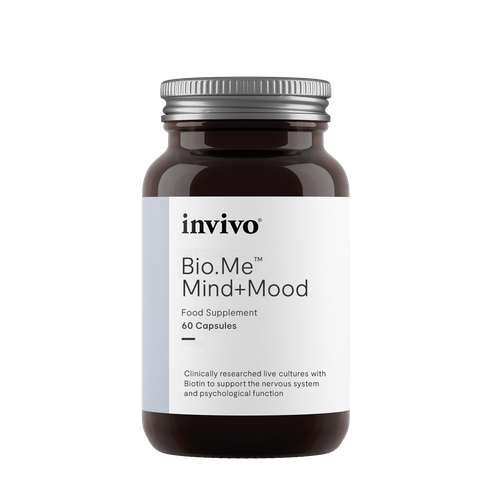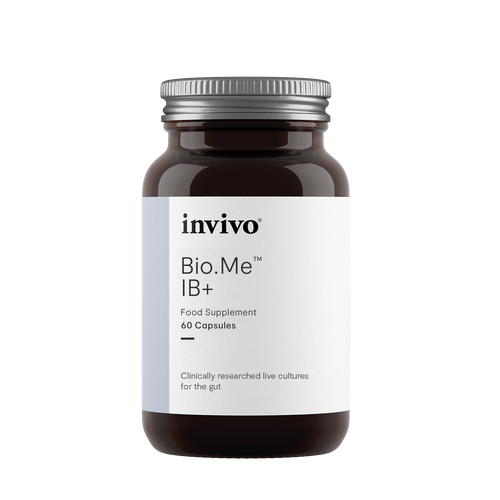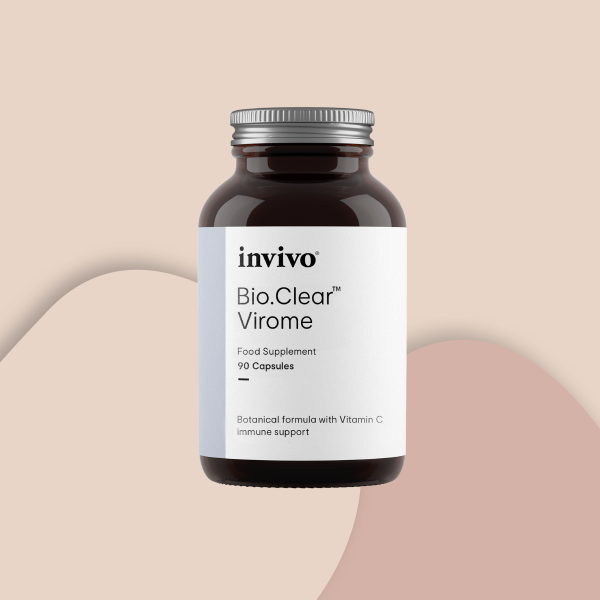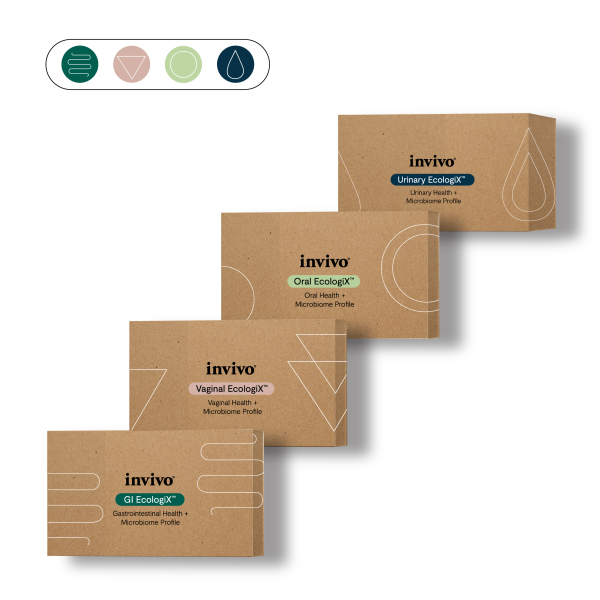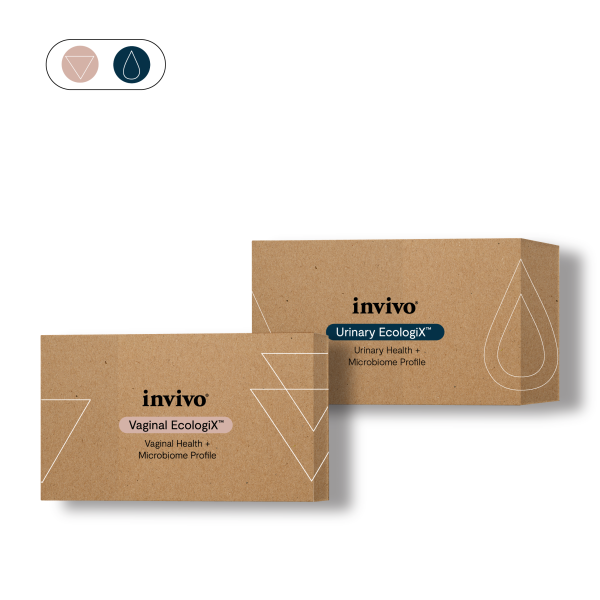Research Top 10 2017

OUR TOP 10 PIECES OF RESEARCH READ IN 2017
In no particular order
1.
Endocannabinoid Signalling Modulates Susceptibility To Traumatic Stress Exposure
I can’t escape the explosion of research into CBD receptors in the brain and the use of CBD oil in the treatment of chronic pain disorders of the central nervous system. This study looks at how activating specific cannabinoid receptors in the brain can reduce anxiety. It also reminds me that physical therapies like massage, acupuncture and chiropractic all also stimulate CBD receptors and induce a change in the nervous system. – Humphrey Bacchus
Bluett, R. J., Baldi, R., et al. (2017). Nature Communications 8:14782
Bluett, R. J., Baldi, R., et al. (2017). Nature Communications 8:14782
2.
Metabolic Effects of Intermittent Fasting
This review summarises some of the benefits of intermittent fasting, which are hypothesized to influence metabolic regulation via effects on (a) circadian biology, (b) the gut microbiome, and (c) modifiable lifestyle behaviors, such as sleep. If proven to be efficacious, these eating regimens offer promising non-pharmacological approaches to improving health at the population level, with multiple public health benefits. – Sue Camp
Patterson, R. and Sears, D. (2017). Annu. Rev. Nutr. 37:371–93
Patterson, R. and Sears, D. (2017). Annu. Rev. Nutr. 37:371–93
3.
From Microbiome to Infectome in Autoimmunity
In the study the author’s state; “Work on monozygotic twins reporting low concordance rates for autoimmune diseases gave great support to the idea that autoimmune disease is infectious until proven otherwise.” They suggest that we move beyond investigating these relationships in the manner of a “fishing expedition” and instead move firmly towards a “hypothesis-driven microbe-specific” approach. They give examples of the now emerging understanding of mechanisms of action in the genesis of autoimmunity in relation to exposure to specific environmental microbial triggers. The authors make a strong plea that as we understand more of the patterns of association between microbes and autoimmune conditions, we need to push on in our understanding of specific immunological mechanisms underlying the infectome. – Dr David Brady
Dimitrious P. B., and Lazaros I. S. (2017). Curr. Opin. Rheumatology. 29
Dimitrious P. B., and Lazaros I. S. (2017). Curr. Opin. Rheumatology. 29
4.
Kombucha, The Fermented Tea: Microbiology, Composition, and Claimed Health Effects
Having noticed an increase in the varieties of Kombucha drinks on the shelves outside my yoga studio and many health food shops, I decided to do a little research on this “miracle” drink and see if it really stands up to the many claimed benefits, one of which is a good probiotic choice. It has often been suggested as a healthy drink mainly because of its impact on our gut microbiome, but it seems that many of the purported benefits are not only speculation because of the lack of scientific evidence, but are largely untrue. Many of the drinks on the market contain more sugar, and even more alcohol, than what is accepted to be labelled as ‘non-alcoholic’. There are many variables in the brewing and manufacturing process such as pasteurisation that can affect its efficacy as a probiotic and even brewing at home can be problematic with maintaining a germ-free environment to avoid contamination. Additionally, the SCOBY – the symbiotic community of bacteria and yeast – is biosorbent and can bind to contaminants and heavy metals easily. Ultimately, research suggests the supposed benefits as a therapeutic aid do not outweigh the reported risks, so drink from only trustworthy sources. – Deirdre Nazareth
Greenwalt C., Steinkraus K., Ledford R. (2000) J Food. Prot. 63(7): 976-81
Greenwalt C., Steinkraus K., Ledford R. (2000) J Food. Prot. 63(7): 976-81
5.
The Origin of Time in Conscious Agents
This paper is a great review, which encompasses a broad sweep of Donald (my new hero) Hoffman’s research. It will hurt though. Inspired by game- and evolutionary-theory and revealed by Monte Carlo simulations, Hoffman shows that natural selection routinely favours perceptions of reality that allow us to act adapatively to the world, while being ignorant of its true structure. A perceptual system that is tuned to truth will not, in general, be tuned to fitness. This is the same for all organisms in a species-specific manner. What this means is that we have a subjective, not objective, view of reality. We do not ‘see’ truth, we see only what we need to see to survive and reproduce. Hoffman describes this in the ‘Interface Theory of Perception’. That is, that our perceptions are like the icons on a desktop – they give us enough information to act adaptively in the world, without being distracted by their true make-up. OK, now it gets a little more nuts when we consider that space-time & physical objects are themselves ‘desktop icons’. Space-time is a construct of the observer – a convenient representative interface. Thus, physicalist theories of the mind-body problem – that our conscious experiences are caused by, or arise from, or are identical to, activity in the brain – are futile. Our experiences are not caused by physical objects in space-time, objects such as neurons and the brain – these are merely ‘desktop icons’. We must start with understanding consciousness, for this (not space-time) is fundamental. Hoffman proposes a formal model of consciousness based on conscious agents in this paper. He then proposes how concepts of time and space emerge as dependent on our conscious experiences. Wowza. – Lucy Rothwell
Hoffman, D. (2014). Cosmology. 18:494-520
Hoffman, D. (2014). Cosmology. 18:494-520
> I also highly recommend listening to his interview on the podcast You Are Not So Smart
6.
Microbial Immuno-Communication in Neurodegenerative Diseases
I really only got switched on to this area of microbial communication and the immune system in 2017. Since diving deep into this area, the research seems to be popping up left, right and centre. Stemming from this awe-inspiring and rich tapestry of internal microbial language and communication, came the course with Dr Ruggiero on the Brain Microbiome. – Humphrey Bacchus
Dr Ruggiero on the Brain Microbiome
Main, B. and Minter, M. (2017) Front. Neurosci. 11:151
Main, B. and Minter, M. (2017) Front. Neurosci. 11:151
7.
Yoga, Meditation and Mind-Body Health: Increased BDNF, Cortisol Awakening Response, and Altered Inflammatory Marker Expression after a 3-Month Yoga and Meditation Retreat
It’s so nice to see more research being conducted on changes to key biomarkers involved in creating brain health, a healthy stress response and lowering of inflammatory processes using lifestyle medicine interventions like Yoga and Meditation. The outcomes of this study make it a compelling read. – Humphrey Bacchus
Cahn BR, Goodman MS, Peterson CT, Maturi R and Mills PJ. (2017). Front. Hum. Neurosci. 11:315
Cahn BR, Goodman MS, Peterson CT, Maturi R and Mills PJ. (2017). Front. Hum. Neurosci. 11:315
8.
The Microbiome: A Key Regulator of Stress and Neuroinflammation
I was hugely inspired by the seminal study by Sudo et al. (2004) who noted that germ-free mice develop an exaggerated stress response, concluding that microbes are critical in the normal development of our HPA-axis. This set me off on my MSc dissertation project and the authors of this paper – Dinan & Cryan – provided several fantastic review papers that helped shape the project. This comprehensive review paper discusses the involvement and regulatory mechanisms of the GI microbiome in stress- and immune-mediated neuroendocrine, immune and neurotransmitter systems. If you’re interested in this topic, all of their papers are worth reading. It makes you stop and realise that what we think of to be ‘human’ – especially with regards to neurodevelopment – is actually a symbiotic ‘push-pull’ relationship with our microbial inhabitants throughout our life-span. It also allows us to consider novel therapeutic targets, and windows of application, as well as key clinical considerations when assessing a patient. – Lucy Rothwell
Rea, K., Dinan, T., & Cryan, J. (2016). Neurobiol. Stress. 4:23-33
Rea, K., Dinan, T., & Cryan, J. (2016). Neurobiol. Stress. 4:23-33
9.
The Role of Descending Modulation in Manual Therapy and Its Analgesic Implications: A Narrative Review
As an osteopath with an MSc in pain, I might be a little biased as to why I was keen to add this article. The mechanisms of pain modulation in manual therapy are poorly understood but thought to have neurophysiologic origins. This is a nice recent review of different manual therapy techniques and the possible neurophysiologic mechanisms at play for how they attenuate pain. The review, which also has a corrected version, concludes that different types of manual therapy elicit analgesic effects through different mechanisms, though the descending pain modulation circuit may be a principle mechanism in all. – Deirdre Nazareth
Vigotsky A., & Bruhns R. (2015) Pain Res Treat. 2015: 292805
Vigotsky A., & Bruhns R. (2015) Pain Res Treat. 2015: 292805
10.
Quorum Sensing and Social Networking in the Microbial World
I love this title! The paper continues to elicit wonderful images of family, community, conflict, and manipulation in the microbial world. Peppered with language such as “signal interception and coercion”, “counter-response”, “sustained stealth attack”, “listening in” and “broadcasting to”, therein lies the drama of the microbial world. Here, communication – or quorum sensing (QS) – is used to coerce cohabitants (including the host) into behavioural modifications, either for the good of the population or for the benefit of one species over another. Unless you want to get into the nitty-gritty of QS molecules, skip part 2 and dive into the drama from part 3 onwards. – Lucy Rothwell
Atkinson, P., & Williams, P. (2009). J Royal Soc. 6(40) 959-78
Atkinson, P., & Williams, P. (2009). J Royal Soc. 6(40) 959-78
Share the love. Let us know what your favourites are…
